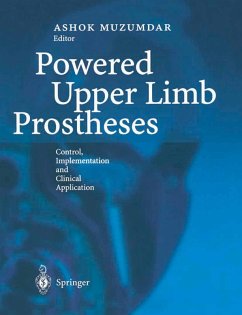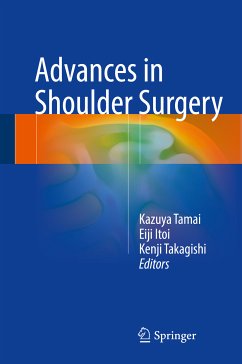
Biomechanics of Lower Limb Prosthetics (eBook, PDF)
Versandkostenfrei!
Sofort per Download lieferbar
Statt: 128,39 €**
88,95 €
inkl. MwSt.
**Preis der gedruckten Ausgabe (Broschiertes Buch)
Alle Infos zum eBook verschenkenWeitere Ausgaben:

PAYBACK Punkte
44 °P sammeln!
Foreword from a Clinical Biomechanist, Applied Physiologist and Prosthetist teaching graduate students in Prosthetics & Orthotics. While there are many books on Biomechanics, arguably the quintessential science of limb prosthetics, none addresses the fundamental principles in sufficient detail and depth to be practically useful to the prosthetist, rehabilitation specialist or researcher. Dr. Pitkin's monograph is an exemplary collection of theoretical principles from his research and o- ers, presented in its clinical and applied biomechanics form. The textbook provides an excellent overview of...
Foreword from a Clinical Biomechanist, Applied Physiologist and Prosthetist teaching graduate students in Prosthetics & Orthotics. While there are many books on Biomechanics, arguably the quintessential science of limb prosthetics, none addresses the fundamental principles in sufficient detail and depth to be practically useful to the prosthetist, rehabilitation specialist or researcher. Dr. Pitkin's monograph is an exemplary collection of theoretical principles from his research and o- ers, presented in its clinical and applied biomechanics form. The textbook provides an excellent overview of the many facets of lower limb prosthetic design and engineering for the ardent clinician researcher and student. The book delves into many of the basic concepts that are required knowledge for the clinician and the scientist to have as the foundation for their work. Dr. Pitkin has an e- quent manner in which he reflects on the history and literature to tell the storied evolution of prosthetic design . He takes the reader on a journey to consider his theories, which have substantive foundations to contemplate. By the end of chapter one, we have the basic h- tory and an appreciation for the rationale behind the "rolling joint ankle" with evidence to support his theoretical views.
Dieser Download kann aus rechtlichen Gründen nur mit Rechnungsadresse in A, B, BG, CY, CZ, D, DK, EW, E, FIN, F, GR, HR, H, IRL, I, LT, L, LR, M, NL, PL, P, R, S, SLO, SK ausgeliefert werden.












